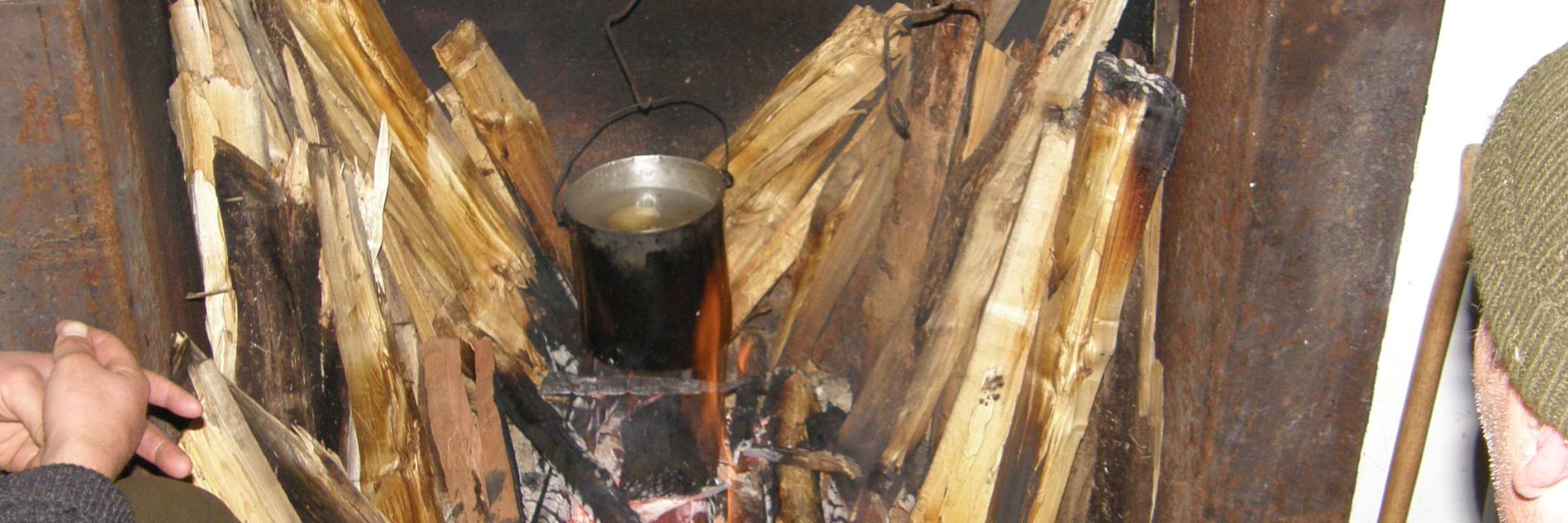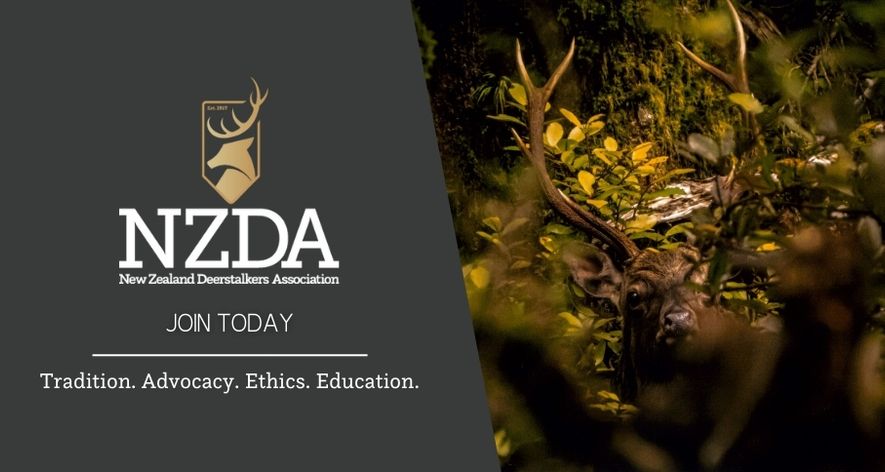28 August 2023
Hunting and Wildlife Magazine - Winter Issue 221
Words By: Gordy Tait

For many, using a compass and map has been superseded by GPS units.
While musing over a beer with friends, like old hunters do, the question was posed, “has technology killed bushcraft?” The verdict of the group, and this was not just the beer talking, was “absolutely”.
A scramble through the “man cave” retrieved copies of the Mountain Safety Manual (Dated 1974), and a copy of Safety in the Mountains” by the Federation of Mountain Clubs - dated 1964 (Priced at three shillings and six pence in old money or 35 cents today)
These publications reflect that practically everything about bushcraft has changed. The one major exception being river crossings – the same advice appears on the Mountain Safety website today. A different question is undoubtedly, are those changes for the better?
In my view, those that ventured into the backcountry 30 years ago or earlier (when technology really started to impact on all aspects) were overall more self-reliant. They left their vehicle at a car park or road end in the hope it would be there when they returned, and in a complete state – that is, still had battery and tyres and ventured into the back country. Once away from the vehicle those intrepid souls were totally on their own with no back up if things went “pear shaped”.
It was snail mail all the way. If your intention was to hunt Government land, a permit was required. This meant physically writing to the correct Government Department – it could have been the Forest Service, the Wildlife Service or Lands and Survey. (These were combined into the Department of Conservation in 1987). At some point a permit would arrive in the mail permitting you to enter the area with a firearm. I have to say I was never actually asked for a permit by a ranger, although one person I hunted with had been challenged. My gut feeling is that rangers often got the excuse “it’s in the mail” and it probably was. Now days it’s all on the internet with a permit a mere few clicks of the keyboard.
Clothing was basically “everyday wear” or farming style clothes. I don’t recall any specialised outdoor shops, although the recommendation was for wool garments. Some ex-army wool clothing worked well – particularly the trousers. The most common outfit was the woollen bush shirt and shorts, with swanni pull over jacket which were always green. Compared to the clothes available today we might as well have been wearing animal skins.
And don’t get me started on the packs! H-frames and A-frames. Heavy canvas and leather straps and buckles. One pack had a hollow frame which white spirits for the primus stove could be carried. Today’s packs are of course far more comfortable to wear especially when carrying a big load of venison.
Major changes have happened in the food and food preparation area. A person going out into the hills today has a wide selection of dehydrated and other foods specially designed for the outdoors. Back in the day there was no such thing, except for Surprise Peas and dehydrated potatoes. Food recommendations were oats, bacon, bread, butter, jam, nuts, raisins, powdered milk tea, etc. Good old scroggin still survives today though. I recall peeling and cutting up carrots before a trip and taking them to the local butcher to be vacuum sealed. Most food was cooked on an open fire or on a primus fuelled with white spirits, however some gas stoves were coming onto the market. The recommendation was that the party took a fry pan and billy for cooking.
The advice to let people know your intended location was on an intention form as there was no communication until you returned, often days or even weeks later. Undoubtedly my mother and wife were worried.

Cooking over an open fire in a hut or camp was the norm but the advent of very efficient, lightweight and quick to use gas cookers has made this a dying art.
Of course, if it was a longer trip, or perhaps more hazardous trip, you could hire a mountain radio from the Mountain Radio Service. This was a heavy piece of kit – a square box about one third of the size of a shoe box, with a long length of wire for the aerial. If the aerial could be aligned, and positioned high enough, it allowed the operator to contact the Mountain Radio Service at a set time (usually 7 pm) for the nightly schedule. You waited to hear your call sign and then made a report – (all is well) or you could ask the Mountain Radio Service to contact your family, advise change of route, have someone meet you earlier or later etc.
It was when, however, you got into the back country real bush craft knowledge was necessary.
Map and compass were essential, and oft taught from Scouts or Clubs. When walking in the back country, someone always had the map handy and “plotted” progress. For me, I was surprised how long it took to get around in the bush, and the map was something of a comfort. The map has been replaced by the GPS of course. Even phones download maps, satellite images and location indicators.
Most parties had an axe – something not carried these days. The art of fire lighting has disappeared. With fire lighting came other “tricks” such as how to light a fire in the rain (making a fire in a plastic bag was one way), on wet ground (build a stone platform so the heat of the fire doesn’t create steam from the ground); to what wood burns best, and what wood can be burnt green. Some wood is great to start a fire, and some wood is great once the fire is burning strongly.
Of course, making the fire is only the start – then you have to cook on the fire – another lost skill that is badly represented on TV! You cook on red hot embers, not on the flame. Of course, the billy became horribly soot covered, but the clever person covered the outside with soap, so the soot washed off more or less! River gravel in a billy did clean it but didn’t clean greasy or fatty food waste. Everyone had a way to keep matches dry in an age before Bic lighters, and small bits of candle for firelighters. I should note that the mantra of the day was “burn, bash and bury” rubbish which resulted in hut fireplaces filled with burnt tins and foil and hut rubbish pits a prime rat attraction.
Lighting in huts was a candle stub, usually in a cut out tin. No solar or LED lamps.
Now days its all-gas cylinders and Jet Boil type cookers, which are very efficient and great pieces of kit – ask anyone who has tried to stir a billy over a fire – the smoke follows you; you can’t control the temperature and often the fire means you could not stir it anyhow for the flames.
Dealing with emergencies was another skill. Of course, there was no support should someone be injured. The advice was for one member of the party to walk out for help. This could of course take some hours, and even longer for a rescue party to arrive. Search and rescue teams carried out injured people – no helicopter rescues back then! I recall having to learn the symbols for signalling search parties, but it was easier just to take the book, should it be required. The only thing I remember if lost was to stay put and if possible, set a punga tree on fire. That would alert searchers. I note that this advice re punga trees isn’t mentioned in today’s world. The Bush Craft books helpfully provide advice on how to manage fatal accidents and Inquests – also something missing from advice in today’s environment where assistance is usually a call or a PLB activation away.
Today’s gear, is lighter, better designed and certainly the outdoors is safer – but part of me still yearns for “the old way”, the smoky huts and glow of the fire and blokes telling yarns. The Jetboil and LED light just isn’t the same.




